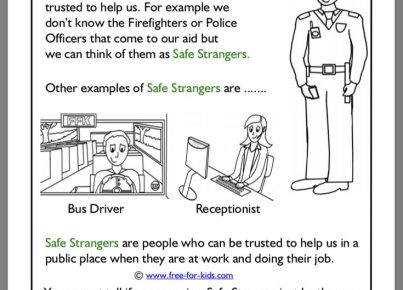The use of sarcasm in the classroom is a controversial topic in the realm of education. On one hand, some believe that sarcastic humor serves as an engaging and effective tool for teaching. On the other hand, critics argue that it promotes a negative atmosphere and can be harmful to students’ learning process. In this article, we weigh up the pros and cons of using sarcasm in the classroom.
Pros of Using Sarcasm in the Classroom
1. Engages and Captures Students’ Attention
Incorporating sarcasm into lessons can help teachers grab their students’ attention by adding a touch of humor and personality to their teaching style. This can form a more memorable learning experience for students and prevent them from losing interest during class sessions.
2. Encourages Critical Thinking
Sarcasm often requires a higher level of thinking to understand underlying messages, fostering critical thinking abilities among students. They must learn to decode when a statement is meant to be taken literally or with a grain of humor.
3. Enhances Creativity
Using sarcasm can challenge conventional teaching methods and encourage innovation by exploring different communication techniques to convey complex information within the classroom setting. Students may respond well to unconventional approaches that veer away from traditional methods.
Cons of Using Sarcasm in the Classroom
1. Can Negatively Affect Student Confidence
Sarcasm runs the risk of inflicting embarrassment or shame on some individuals, especially when directed towards students who may take sarcastic remarks literally or personally. Consequently, this could deter these students from participating in class activities and hinder their educational progress.
2. Misinterpretation and Confusion
Students with varying language proficiency or comprehension levels may not fully grasp sarcastic concepts within speech, leading to confusion or frustration while attempting to understand lectures further.
3. Creates an Unhealthy Learning Environment
Frequent sarcasm can breed negativity amongst both students and teachers, thereby discouraging productivity and effective learning. Problems may escalate if the fondness for sarcastic banter within the classroom spills beyond intended boundaries, making it harder for educators and students to forge meaningful connections.
Conclusion
Ultimately, the decision to use sarcasm in the classroom pivots on personal teaching preferences and one’s ability to discern when it fits appropriately within lesson plans. Educators should always assess their students’ needs and maintain awareness of potential implications that sarcasm can have on class dynamics. To effectively navigate the use of sarcasm, teachers must strive for a balance that fosters enriched learning experiences without compromising a supportive, inclusive, and engaging learning environment.




